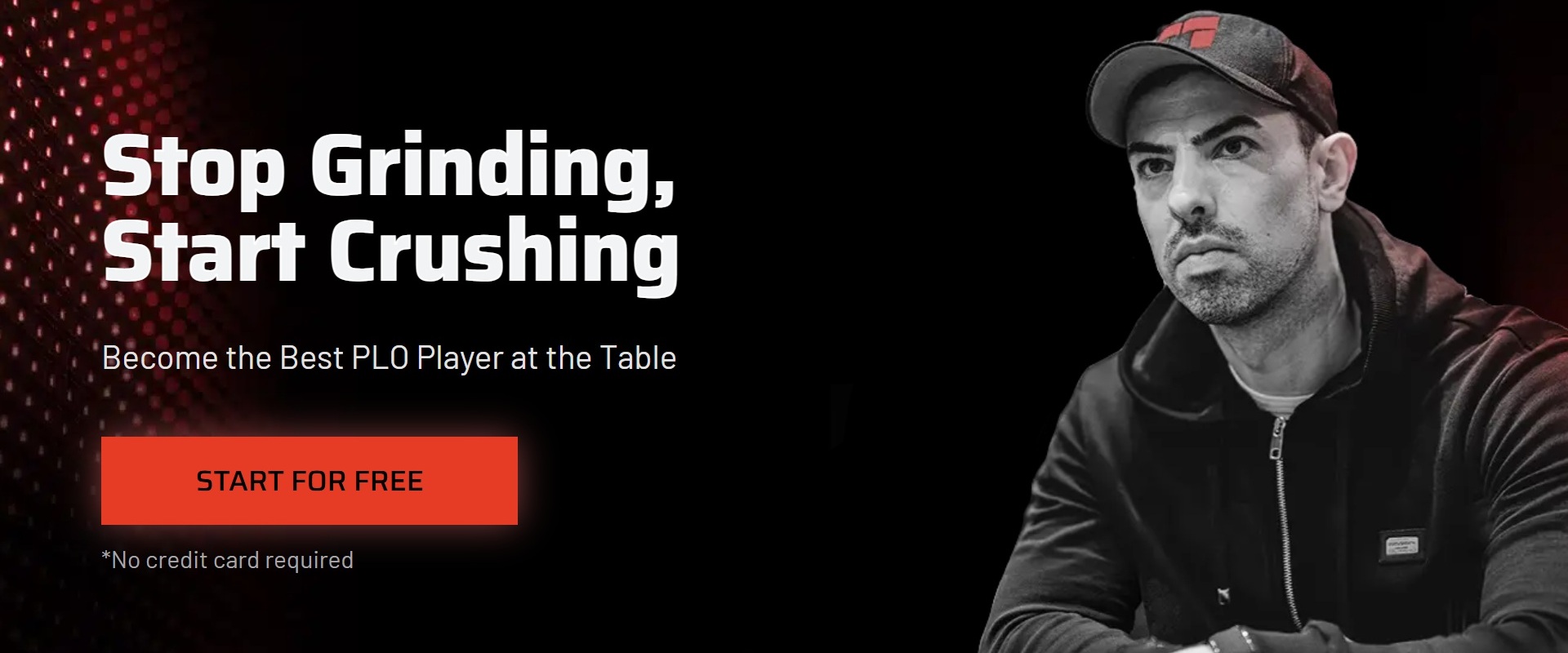Big O Poker: The Ultimate Beginner’s Guide 2025

Introduction: Why Big O Poker Is the Wildest Omaha Variant You’ll Ever Play
I remember my first Big O session like it was yesterday. Five hole cards hit my hands, and my brain nearly melted trying to calculate all the possibilities. That’s the beauty of Big O Poker – it takes everything you love about PLO and adds an extra layer of complexity and action.
Most players struggle to find reliable Big O information. The knowledge is scattered across dozens of forums, outdated YouTube videos, and that one guy at your local card room who swears he invented the game. I created this guide to fix that problem and give you a clear path to Big O mastery in 2025.
What Is Big O Poker?
Big O combines the best elements of Pot Limit Omaha and Hi-Lo split pot games. You receive five hole cards instead of the usual four, but the core rule remains: you must use exactly two cards from your hand and three from the board to make your hand. The pot splits between the best high hand and the best qualifying low hand (eight or better).
The extra card transforms the game completely. Your brain needs to process more combinations, more drawing possibilities, and more ways to scoop the entire pot. This complexity creates massive edges for skilled players who understand the nuances.
Want to understand how Big O fits into the broader Omaha family? Check out our Omaha Variants guide.
Big O Poker Rules: The Basics You Need to Know
The mechanics of Big O follow a clear structure. Each player receives five hole cards, and betting usually follows pot-limit rules (though some home games run it as limit or no-limit). The real Big O Poker strategy comes from the split-pot format.
For the high hand, standard poker rankings apply. For the low hand, you need five different cards ranked eight or lower, with aces counting as low. Straights and flushes don’t count against your low hand, but pairs will kill it. This creates fascinating dynamics where you’re often playing for both ends of the pot.
Position becomes even more critical in Big O than in regular PLO. The extra card means more possible combinations, and acting last gives you a massive information advantage. I’ve seen countless players burn their stack by playing too many hands out of position.
Big O Poker Strategy: Preflop Fundamentals
Starting hand selection in Big O requires a complete mindset shift. Those pretty aces you loved in PLO? They’re just one piece of the puzzle now. The real money comes from hands that can scoop both high and low pots.
I learned this lesson the hard way: playing for only half the pot is a fast track to going broke. Your ideal starting hands should have multiple ways to win. A hand like A♠2♠3♥4♥5♣ looks better than in standard Pot Limit Omaha because it can make the nut low while simultaneously drawing to straights and flushes for high.
Position matters even more in Big O than regular PLO. Those five cards give you more combinations, but they also create more ways to get trapped. Play tight early, loosen up late, and always think about how your hand plays after the flop.
If you want to deep dive into new strategies, check out the Omaha Poker training site Run It Once, lead by the G.O.A.T. Phil Galfond:

Postflop Play: Where Big O Gets Wild
The flop in Big O often creates absolute chaos. With five cards in every player’s hand, someone usually flops something strong. This means you need to adjust your continuation betting and calling ranges accordingly.
Drawing hands become incredibly powerful. That extra hole card means you’ll often have massive wrap draws or multiple flush draws. The key is identifying when your draws have scoop potential versus when you’re drawing to second best.
Remember: the nuts can change rapidly in Big O. A hand that looks strong on the flop might be garbage by the river. I’ve seen countless players go broke overplaying two pair or even sets when the board texture screamed danger.
Common Mistakes in Big O Poker
The biggest leak I see in Big O Poker games comes from PLO players who haven’t adjusted to the split pot format. They overvalue their high-only hands and bleed money getting quartered (winning only a quarter of the pot when they split one direction with another player).
Another costly mistake? Playing too many hands from early position. The extra card makes it tempting to see more flops, but position remains king in Big O. When you’re out of position with a marginal hand, you’re usually burning money.
Many players also fail to adjust their bet sizing. In Big O, pots get massive quickly because players have so many drawing possibilities. You need to size your bets to charge draws correctly while protecting your stack when you’re behind.
The swings can get massive and can shake you a little bit if they go in the wrong direction. Master your mental game with our Poker Mindset guide.
Bankroll Management and Variance in Big O
The swings in Big O can be brutal. That extra hole card creates more action, bigger pots, and wilder variance than regular PLO. I’ve seen skilled players go on massive downswings simply because they weren’t properly rolled for the Big O Poker game.
For cash games, I recommend at least 75 buy-ins for your chosen stake. Tournament players should have even more padding – around 100 buy-ins minimum. This might sound excessive, but getting quartered repeatedly while missing your draws can devastate an undersized bankroll. Our Bankroll Management Guide helps you navigate these waters safely.
Where to Play Big O Poker in 2025
Finding good Big O Poker games requires some detective work. The game thrives in California card rooms, particularly in mixed game formats. You’ll also find it spreading during the WSOP and in various poker rooms across the Midwest.
Online options remain limited but growing. Several crypto-focused sites now spread Big O, and traditional poker rooms are starting to catch up. The Big O Poker games tend to be softer than regular PLO because many players haven’t studied the format properly.
Check out our best rakeback and Omaha Poker deals:
WPT Global
Free Tournament tickets up to $480
Free Casino Coin up to $100
30% Rakeback
Network: Independent
Phenom Poker
up to 35% Rakeback
Soft Action
Network: Independent
Juicy Stakes Poker
36% Rakeback
Spin & Gos with up to 12,000x your Buy-in
Network: Horizon Poker
Champion Poker
Network: iPoker
Big O Poker Strategy for Tournaments
Tournament Big O plays differently from cash games. The changing blind levels and ICM pressure force you to adjust your scoop-or-nothing approach. Sometimes, securing half the pot becomes crucial for tournament survival.
Stack depth changes everything in Big O tournaments. Deep-stacked play lets you see more flops with drawing hands, while short-stack play requires a more straightforward, high-hand-focused strategy.
Tools and Training for Big O Success
The solver revolution hasn’t fully reached Big O yet, but several tools can help your game. PLO solvers can give you rough guidelines, though the extra card changes optimal Big O Poker strategies significantly.
I recommend starting with:
- Hand recording software to review your play
- Basic equity calculators for preflop decisions
- A solid study group for hand discussion
Check out our Tools & HUDs section for detailed reviews.
Conclusion: Your Path to Big O Mastery
Big O represents poker’s wild frontier. The combination of five cards and split pots creates unprecedented action and skill edges. Yes, the variance is higher, and yes, the learning curve is steep. But for players willing to put in the work, Big O offers incredible opportunities.
Start small, study hard, and always protect your bankroll. Focus on hands that can scoop both ways, and never stop learning. The Big O ecosystem continues evolving, and staying ahead of the curve will keep you profitable.
Key Takeaways
- Always aim for scoop potential in your starting hands
- Position matters more than in regular PLO
- Bankroll management is crucial – the swings are massive
- Study the low hand possibilities as much as the high
- Table selection and game choice significantly impact winrates
FAQs
Big O is five-card Omaha played Hi-Lo (eight or better). You get five hole cards and must use exactly two of them with three board cards to make your hand.
You play similarly to PLO but with five hole cards and a split-pot format. The pot divides between the best high hand and the best qualifying low hand (if any exists).
It’s a tournament using Big O rules, usually with escalating blinds and antes. These often appear in mixed game series or specialist events.
California card rooms, mixed games during the WSOP, and some online poker sites like Phenom Poker.
The extra hole card and split-pot format create more possibilities and bigger pots. The Big O Poker strategy focuses on scooping rather than just making the nuts.
Start with solid PLO fundamentals, then adapt to the five-card format. Join study groups, review hands, and gradually build experience at lower stakes.





